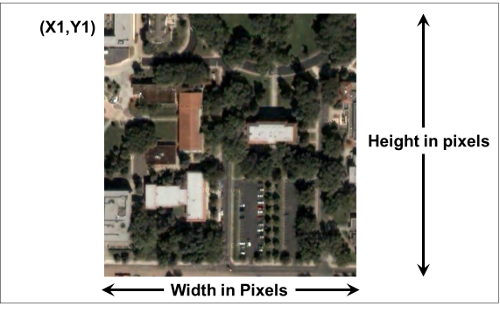You may find data in a wide variety of formats. The challenge is to know which file formats you can convert into a standard format and how to find the software to do the conversion.
Most vector data is in Shapefiles. You may find vector data in other formats but it is best to convert them to shapefiles for use in ArcMap.
Point data is simpler than polyline and polygon data and can be provided in a simple "table" format.
ArcMap can access most of these files by using the "Add X,Y" data feature but it is best to then convert these files to shapefiles.
Note: ArcMap has a new feature that imports tabular data as "events". This will appear after the name of the layer and also appears when creating selections from other layers. This feature does not work well with tools and the data should be exported to a new shapefile to avoid problems.
There are a huge number of raster files formats. To use a raster, we need the following information:
We recommend using the IMG file format with ArcMap and TIFF for other GIS applications. See the "Quick Reference" on Jim's site under "resources" for additional information on raster file formats. Other formats can be used to publish maps in reports and web pages.
There are two methods for georeferencing a raster to the earth:
In the first case, the location of the raster is specified (georeferenced) simply by providing the coordinates of two corners of the raster, typically the upper-left (north-west) and the lower-right (south-east). The location of the other corners can be computed by simply combining values form the other corners.

In the second case shown below, one corner has been specified. The location of the other corners are computed using the width and height of the raster in pixels and the width and height of each pixel in "map units". For a LandSat scene the width and height might be 1000 pixels and the width of each pixel would be about 30 meters. This would put the lower-right corner, 30,000 meters to the west and south of the upper-left corner of the raster.

In both cases, the width and the height of the pixels has to be specified.
Raster and Vector data can be obtained in a variety of "complex" formats, such as:
These formats are not recommended for distributing data. Some organizations use File Geodatabase internally which is OK if everyone has access to ArcMap.
© Copyright 2018 HSU - All rights reserved.